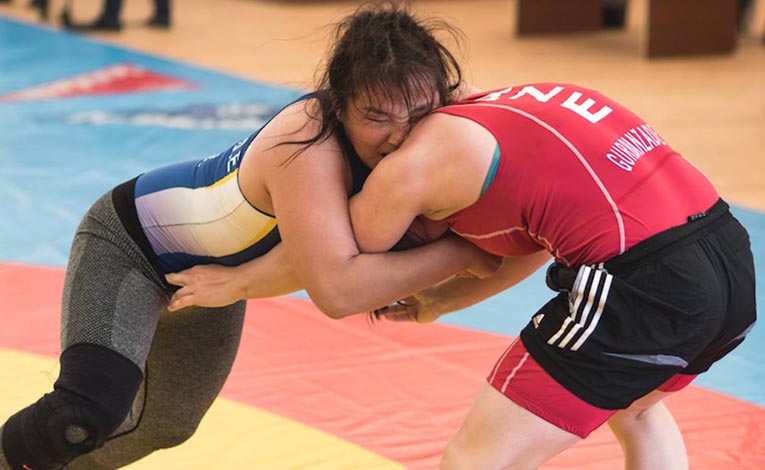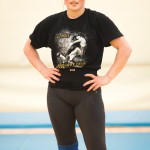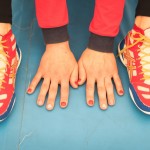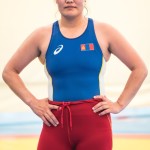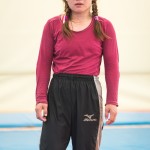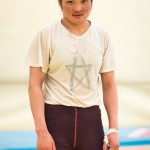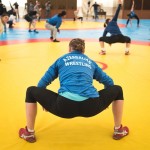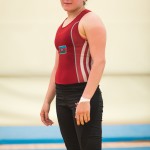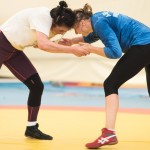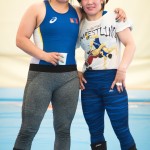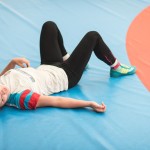Christopher Pugmire traveled to Azerbaijan to shoot the power and glory of its national wrestling squad at work. In Baku he captured athletes from the Azeri and Mongolian national women’s teams, training for the European games.
This summer, Amsterdam-based photographer Christopher Pugmire travelled to Azerbaijan in search of characters and stories, and partly to fuel his unlikely obsession with post-Soviet countries. From the very start, he knew he wanted to shoot wrestling—a sport integral to the country’s culture and mentality.
“I had the idea to shoot wrestlers while traveling in the Russian Caucasus during summer 2014,” he says. “Wrestling exemplifies the Caucasian fighting spirit and identity. There’s something raw and noble about it which defies the modern world. Back then I ended up at Olympic gym in Vladikavkaz—considered the best in the world—and shot some of the kids training there. So I had a hunch I’d find some wrestlers in Baku [the capital of Azerbaijan]. As soon as I arrived, I tracked down the Azeri wrestling federation and got backstage access.”
In Baku he captured athletes from the Azeri and Mongolian national women’s teams, training for the European games. “They trained together every day—something which I also found very noble and sporting,” Pugmire says. “The facility was a huge training hall in central Baku. Azerbaijan invests a lot of money in wresting and is proud of their champions.”
Wrestling in the Caucasus is inextricably linked with the hypermasculinity of the region’s culture, and considered to be a male undertaking. Pugmire’s point of view, however, was not determined by gender from the beginning: What he saw was brute force and skill.
“To be honest I was just hoping to document what was happening and get some really good portraits,” he explains. “But once I was there I was taken in by the fierce intensity of the training. It was totally hardcore. These were ancient warriors in action.”
Pugmire captured the fighters on a multicoloured gym floor, and also shot portraits: though static, these still radiate the energy and heat of the fight. (The series is called Tough Girls for a reason.)
“These are all professional or Olympic-level fighters—among the best in the world. I was only there for a couple of hours and literally had one minute per person. They weren’t going to tolerate any interruption to their training!” Pugmire recalls. “I set out to get some posed portraits in the of August Sander, kind of formal but in mid-training, to capture the exertion and power on their faces.”
Pugmire was a solo visitor in the world of this harsh sport, so the snapshots he created are fresh and raw. The female wrestlers pose un-selfconsciously in front of his lens in crumpled T-shirts and track pants. These shots are juxtaposed with those freezing the moment of the fight. “At the end I did chat to a few of the Azeri girls, who reverted to being ordinary giggling teenagers once the fighting was over,” he remembers. “The transformation was startling.”
In Azerbaijan, traditional gender roles remain largely intact—but as Pugmire’s photographic series shows, that doesn’t mean that unconventional female narratives don’t exist. “Caucasian culture is still very macho and wrestling is considered to be a man’s sport,” Pugmire says. “Women are largely expected to stay at home. Having said that, everyone I spoke to was immensely proud of these fighters.”
Courtesy of: Broadly
